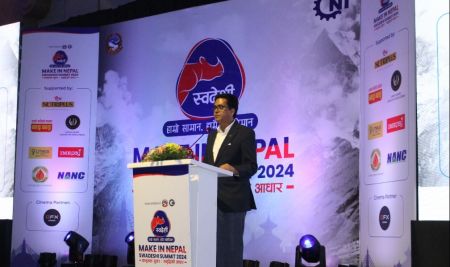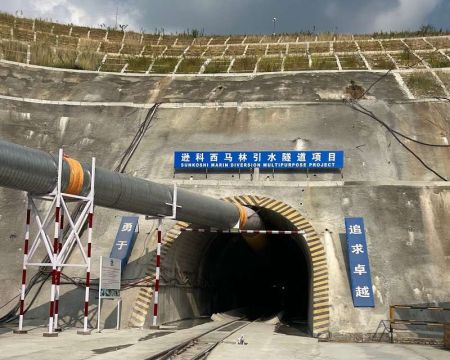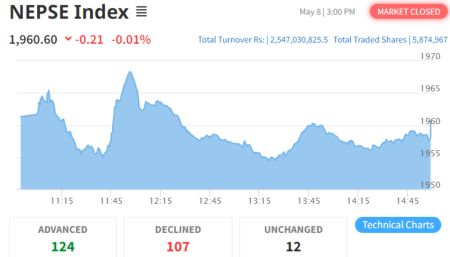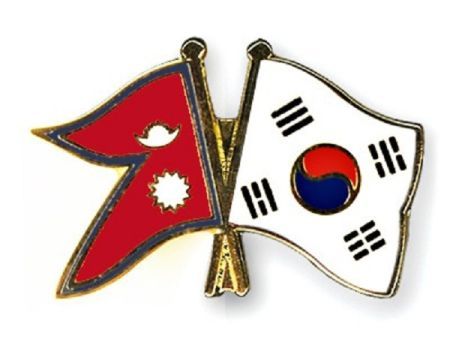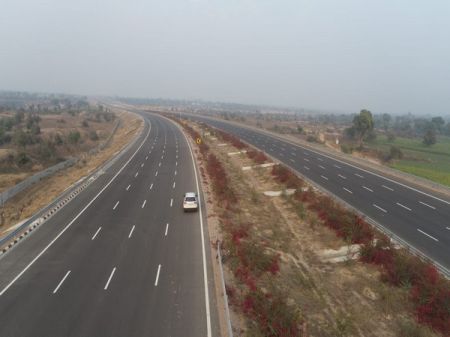BY Dwaipayan Regmi
Kitchen expenses of Nepali families are increasing. Everything a normal kitchen requires, from rice to cooking oil, from sugar to cooking gas, and from potatoes to meat, has experienced a price increase. A recent macroeconomic report of the Nepal Rastra Bank (NRB) - the central monetary authority - explains that consumer price inflation in Nepal stood at 8.50% in mid-October 2023. According to the report, the consumer inflation was 7.74% in fiscal year 2022/23 and 6.32% in 2021/22.
There was a hike in the price of rice by as much as Rs 400 for a 20 kg pack just a month ago, followed by a substantial increase in the price of onions due to a 40% hike in duty by India - the major source market for onions. India also imposed a 20% export duty on parboiled rice. The wholesale price of potatoes rose by 13.97% this year after the government imposed a 13% VAT through the budget statement for fiscal year 2022/23. The retail prices of sunflower oil, refined soybean oil, and RBD palm olein decreased by 29.04%, 18.98%, and 25.43%, respectively, as their prices fell in the international market. Had these prices not come down, the expenses of the Nepali kitchen would have gone even higher.
Price increases are expected and it happens everywhere. But the problem here is that income levels are not increasing in line with rising prices.
It is not surprising that prices rise with time. However, households are facing the heat as prices of major food items have seen a significant rise. The price of a popular Kathmandu snack, momo, has seen a hefty rise in prices in recent times. Likewise, the popular Thakali meal set in restaurants costs around Rs 1,000 now. While restaurant prices could be considered a luxury, there has been a rapid increase in the prices of every grocery item. Vegetable prices have surprisingly increased, with nothing available below Rs 50 per kg at this time. For an estimated four-person family, vegetables alone would require at least Rs 500 per week, which is too high to cover for most of the households.
Whether it is cooking oil, fruits, rice, pulses, potatoes, onions, or other vegetables, gas cylinders, jar water, milk, dairy products, or chicken, prices have risen so high that families on a minimum budget have no choice but to alter their scheduled routine. They have either shifted their weekly meat schedule to monthly or compromised on vegetable quantity due to limited choices. It's no wonder Kathmandu has been recognized as one of the most expensive cities in South Asia to live in. The cost of living in other cities like Pokhara, Dharan, Lalitpur, or any city that does not share its border with India are quite high.
One significant reason for the high cost of living in Nepal is the loss of interest in production. Nepal faces real challenges in producing competitive goods. The prices at which India supplies goods to Nepal, including transportation charges, are much cheaper and of good quality, compared to those produced locally. Since customers purchase goods based on price and quality, it discourages Nepali production. Nepal lacks production interests, leading to the importation of various food items. This inability to produce locally has allowed neighboring countries to monopolize the Nepali market.
Nepal also lags in decision-making capability, as seen in recent cases such as ginger exports, cardamom sales, and tomato sales. Since prices in the local market are dependent on the Indian markets, local farmers do not get fair prices for their produce. This naturally discourages them. The lack of decision-making capability of the government creates panic in the entire market.
While having a strong neighbor is advantageous, heavy dependence on that neighbor creates dependency, causing citizens to feel the pain. Another important reason for the burden on Nepali kitchens is the lack of strong governance. Both farmers and consumers are at the receiving end as middlemen control supplies as well as market prices.
Price increases are expected and it happens everywhere. But the problem here is that income levels are not increasing in line with rising prices. Purchasing power of consumers does not increase with market prices. If inflation followed the rates provided by concerned sectors, it would not be a cause for significant concern. However, inflation in Nepal is beyond any set rates and completely off track. The rising cost of the kitchen reflects a decrease in the standard of living and an overall decline in living patterns which is worrying.
(Regmi is a Deputy Manager at Rastriya Banijya Bank Ltd.)








